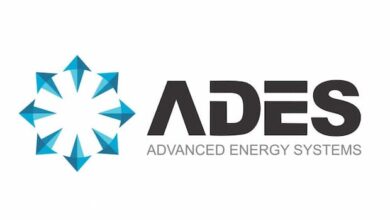Kim McHugh takes over as IOGP Chair

Kim McHugh, Vice President of Wells at Chevron, has been named Chair of the Board of Directors for the International Association of Oil and Gas Producers (IOGP)
Ms McHugh, who is responsible for all aspects of Chevron’s global drilling, completion, and workover operations, has been a long-serving IOGP representative, closely involved with the Wells Expert Committee and Workforce Energy programs. She became the Chevron representative on the Board of Directors and Vice Chair in 2020. She takes over at a time where the Association is one year into the implementation of its new strategic direction and will steer IOGP in a time of great economic and industry volatility.
Ms McHugh replaces Fawaz (Fuzzy) Bitar, Senior Vice President of HSE & Carbon, bp, who had been Chair for four years. The handover took place after the 48th Extraordinary General Meeting in London, United Kingdom on 17 November.




